There I was, happily building a helix, when BAM! summer arrived. It was like we leaped from early spring chills to mid-summer warm sunny days in the blink of an eye. With the beautiful weather beckoning I could no longer stay squirreled away in the basement. Railroad building in any significant way ground to a halt for the season.
Now it is October. The leaves are turning and the temperatures are dropping. Time to move inside and resume work on the railroad. Before I dive back into helix building allow me to share with you something cool my wife and I did over the summer.
For years we had talked of building a wishing well to fill an awkward corner in the house footprint. This summer we finally did it. We had a blast! Two people with barely a clue what they were doing out playing with rocks and cement. To anyone watching us it must have been quite comical I’m sure.
The 187 rocks the well is made of were all collected off the property over the years. The uprights are two recycled fence posts pulled up during a fence rerouting. The shingles are leftovers from when the house was originally built. All sitting on and held together with 49 bags of Quikrete and finished off with an Amish-made oak bucket. It wouldn’t be a LKO blog entry without build pictures now would it! There is a photo gallery at the bottom of this post for those interested.
Back to the helix…
My efforts thus far are focused on building the sensors and their mounts. Essentially, mass producing my test setup.
Sensors
The sensors are made from 0.080″ styrene cut from old trade show signs I liberated from a dumpster. Five millimeter holes accept the emitter/detector pairs while a slotted mounting hole permits small vertical position adjustments. The face side was painted black.
The strips were initially cut two sensors’ worth in length as that worked well with the sign dimensions.
A quickie jig permitted rapid production. Insert the strip, layover the master, punch. Flip the strip and repeat.
Drill all the punch marks, whittle the slot with a Xacto knife, round the corners a bit on the disc sander, and finally, paint one side black. One hundred and twenty sensor panels ready for assembly. The signs had some sort of real thick embossed textured printing on them that I didn’t bother to sand off. Made interesting patterns when painted black that look almost like a bad case of paint fisheyes but it isn’t. The texture you see is the printing on the sign. Looks funky but has no effect on function.
The emitter/detector LEDs are super glued into the panels using their bent and trimmed leads as the circuit. The emitter positions are in alternating rotation so when adjacent leads are soldered they are in series electrically. The detector positions are inline so when soldered they are in parallel electrically. Both are tied together at the 5v supply line.
On the schematic the current limiting resistor for the emitters was on the supply side. That would have required the resistors to be located on the sensors. To ease sensor construction I moved the resistors to the negative side and placed them on the PCB.
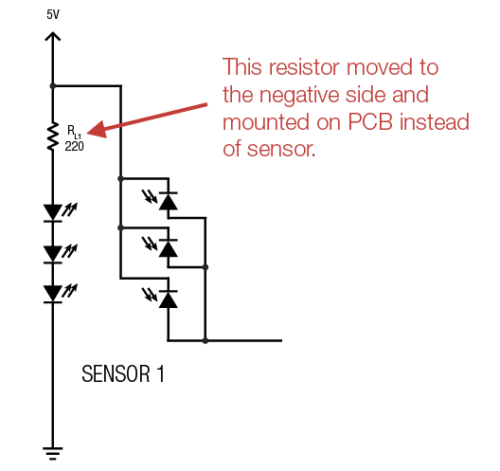
This is as far as I have gotten on the sensors. Still need to add vertical stiffening ribs to prevent plastic warp over time and solder on wiring harnesses.
Mounts
The sensors will mount to the helix roadbed via little wood sockets.
The sockets are made from leftover riser upright material. I used the router table and two passes over a 1/4″ bit to cut a 0.400″ (plus a smigin) slot down the length of each leftover piece. The roadbed plywood is 0.400″ thick.
The mounts are 3/4″ wide cuts from the slotted pieces with the upper edge ground at a 45 degree angle.
A locating pilot hole was drilled using another quickie jig to make sure the hole is centered both x and y.
A pile of mounts ready to be glued into place.
All 120 of the sockets glued to the helix roadbed awaiting sensors.
That is my helix progress so far. Back with more soon!
Building the wishing well
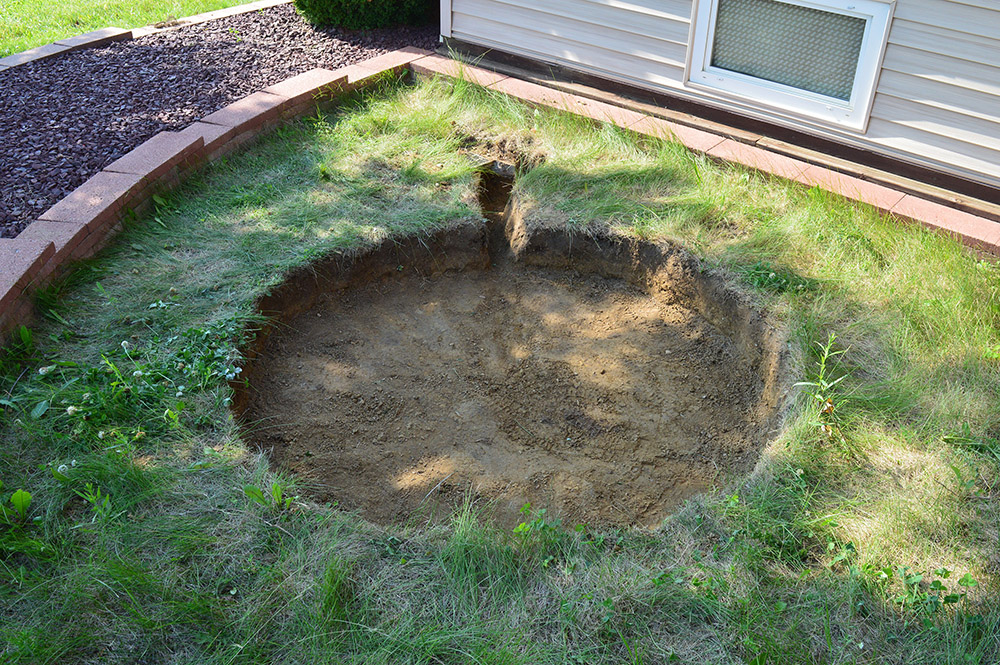

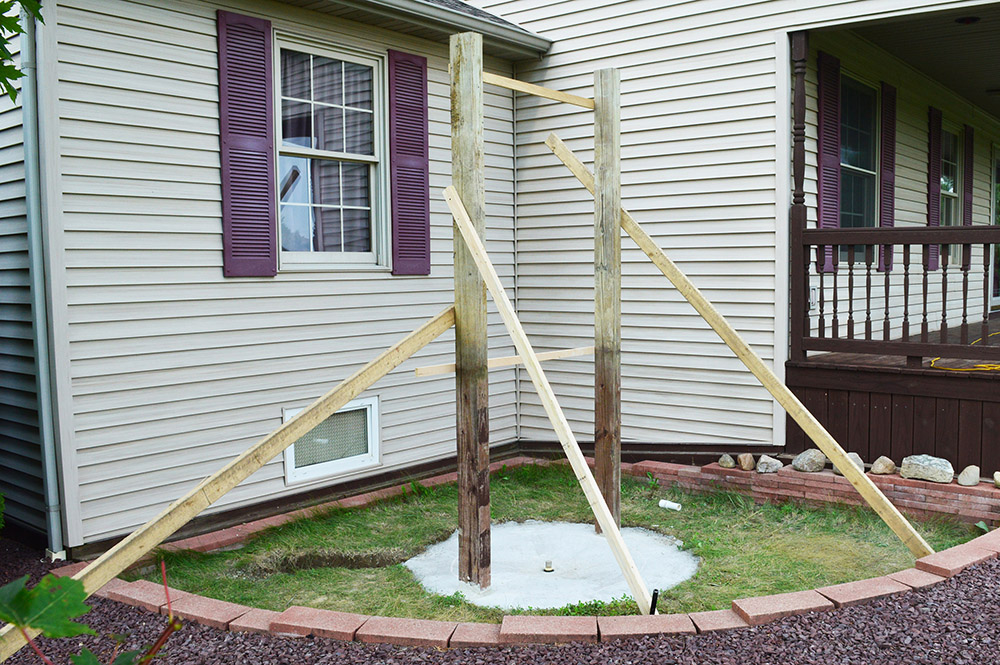
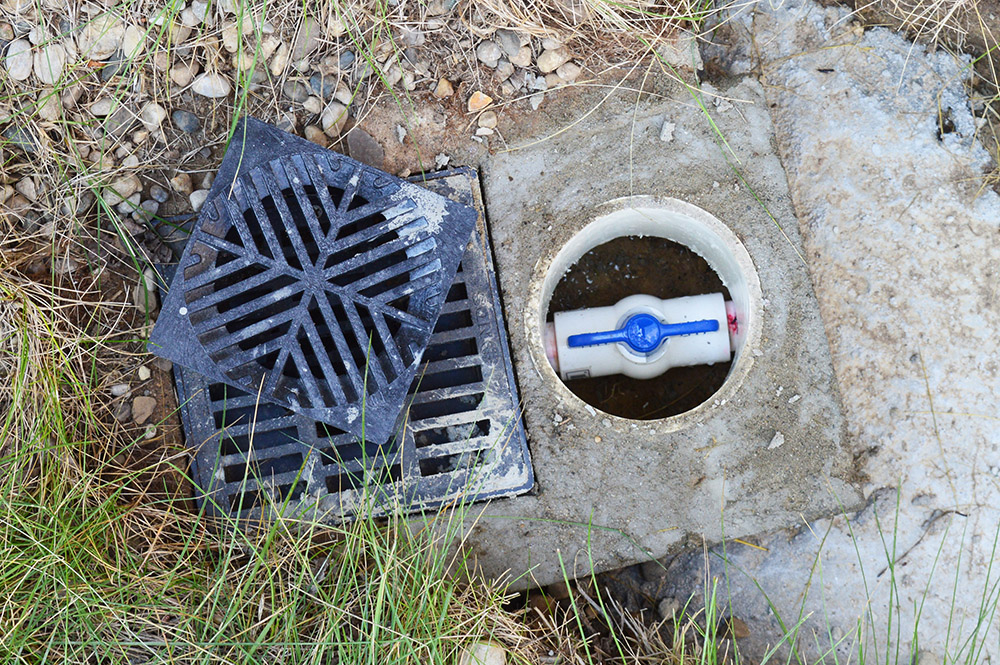
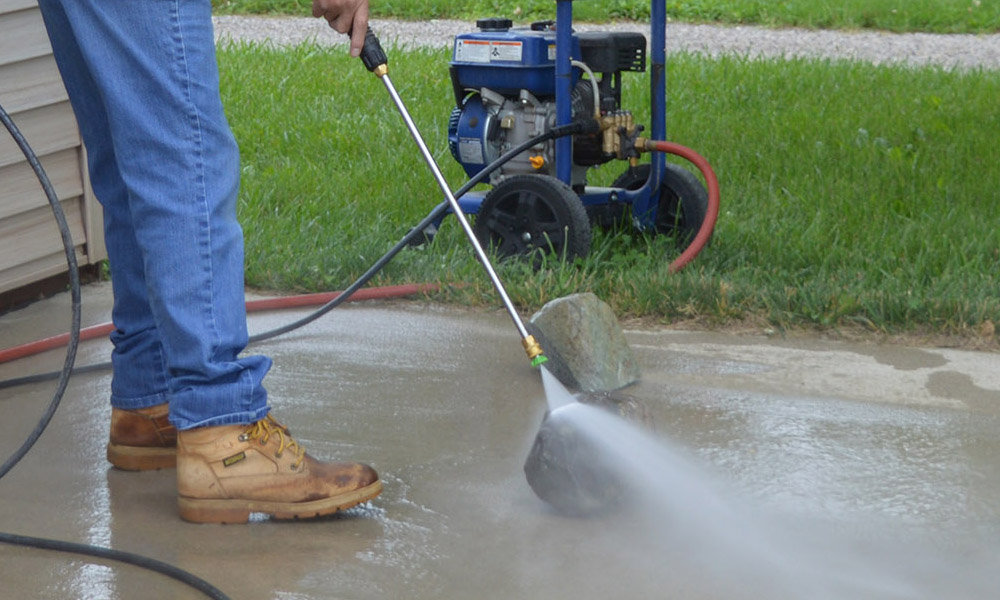
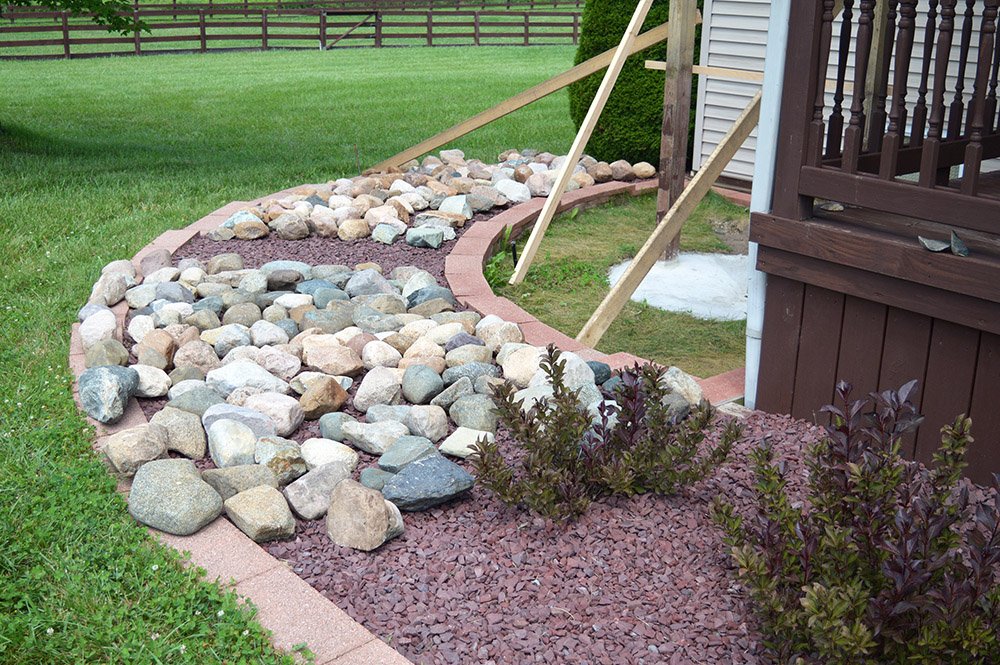
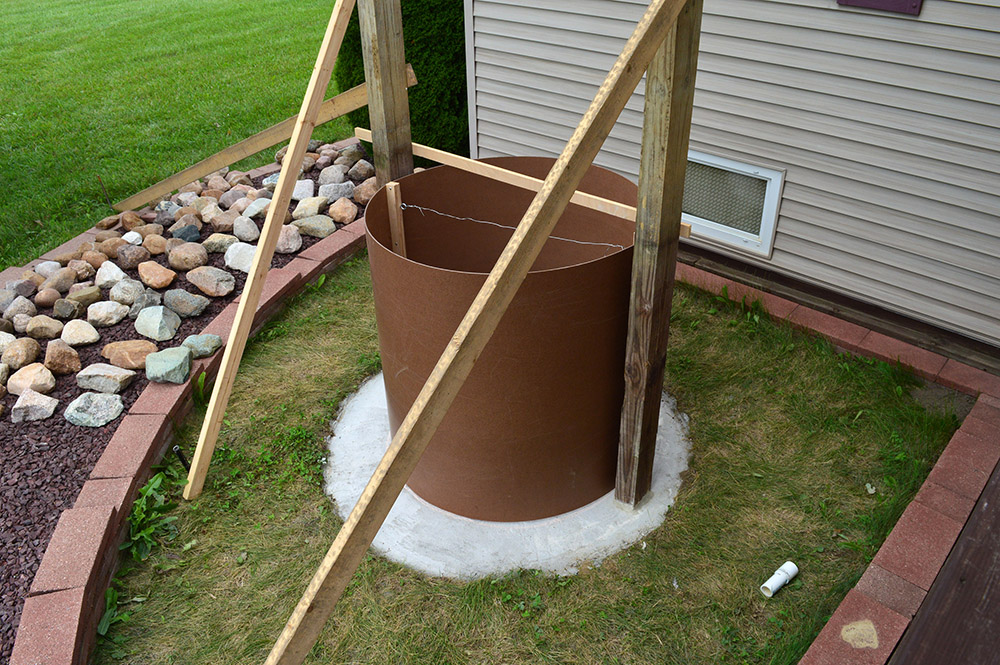
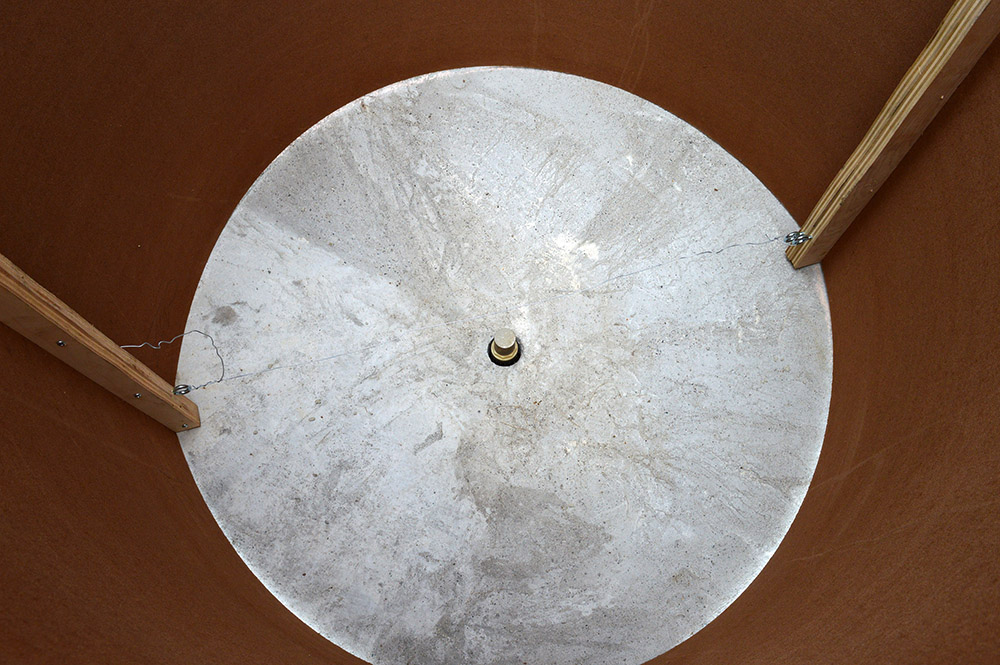
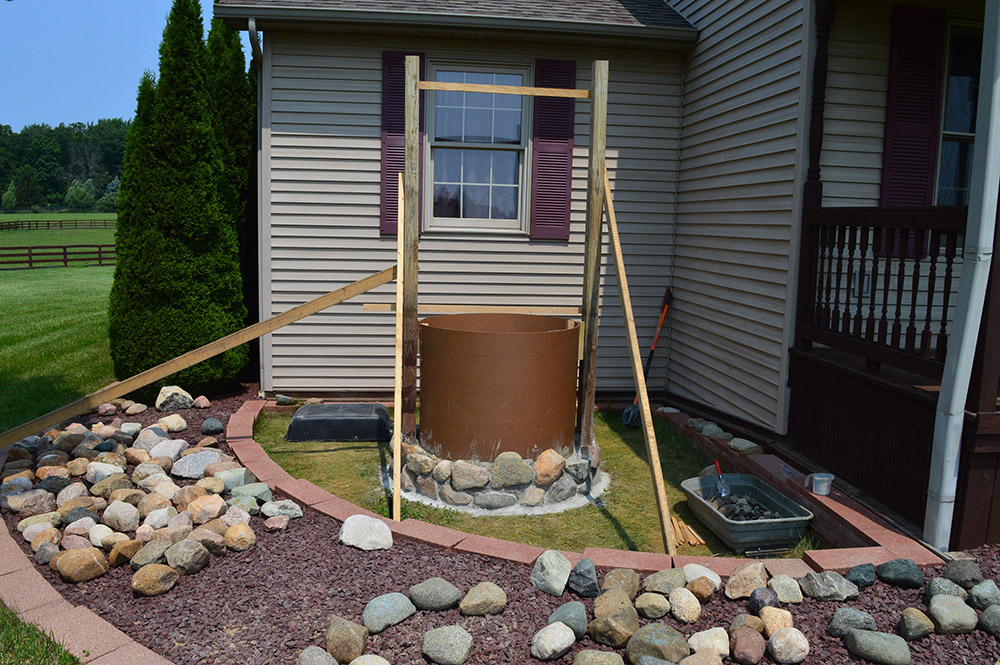
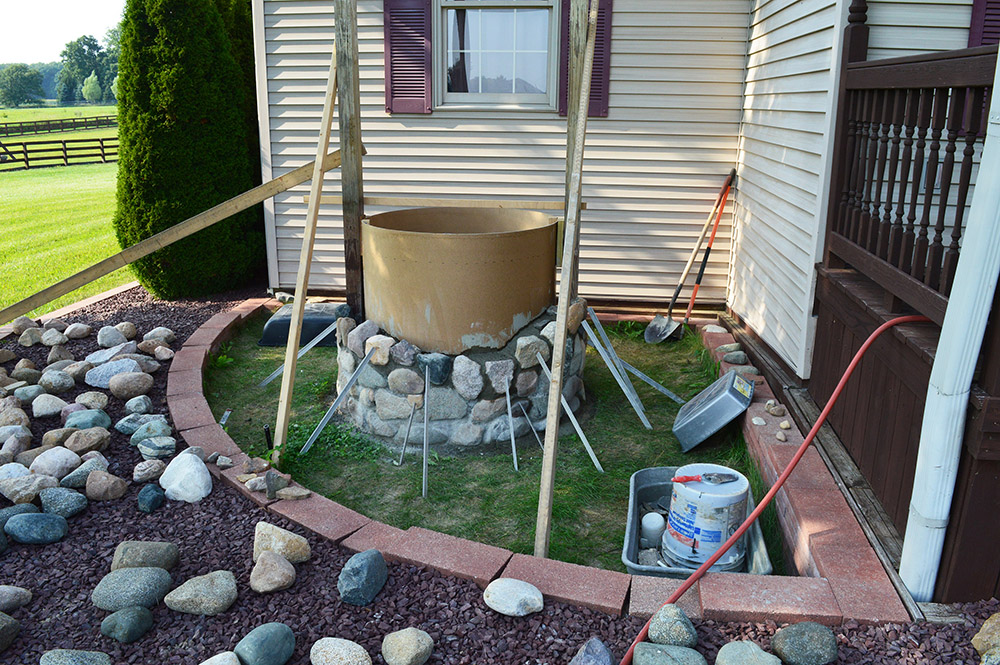

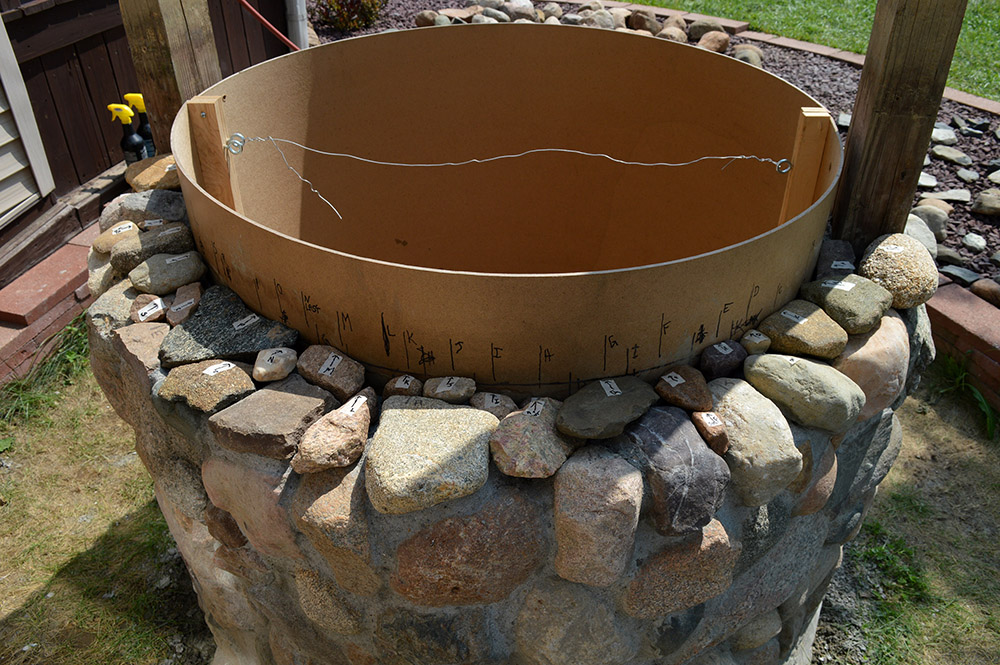
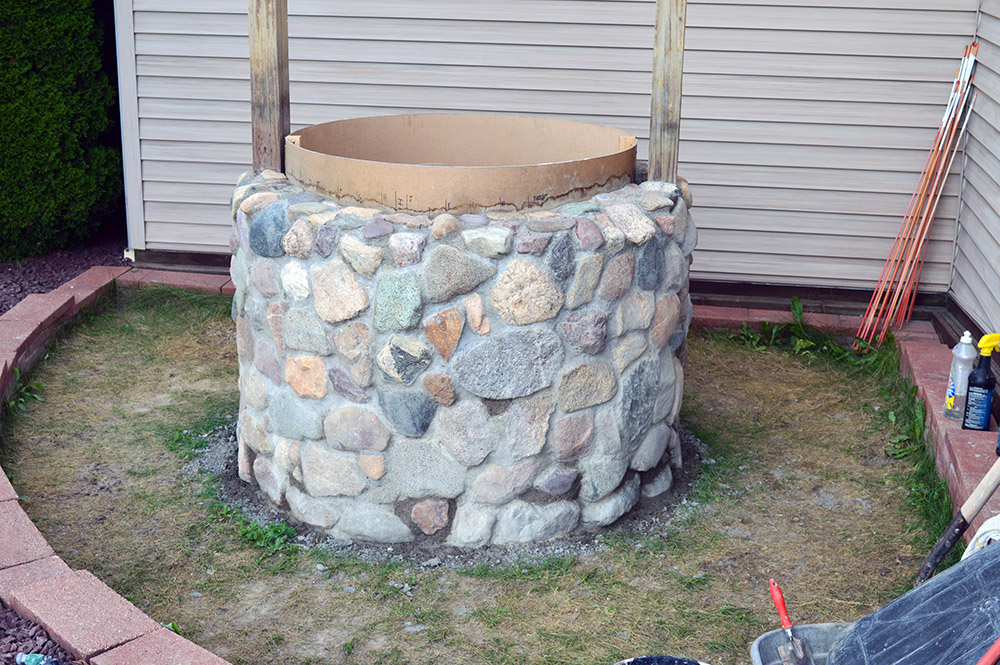

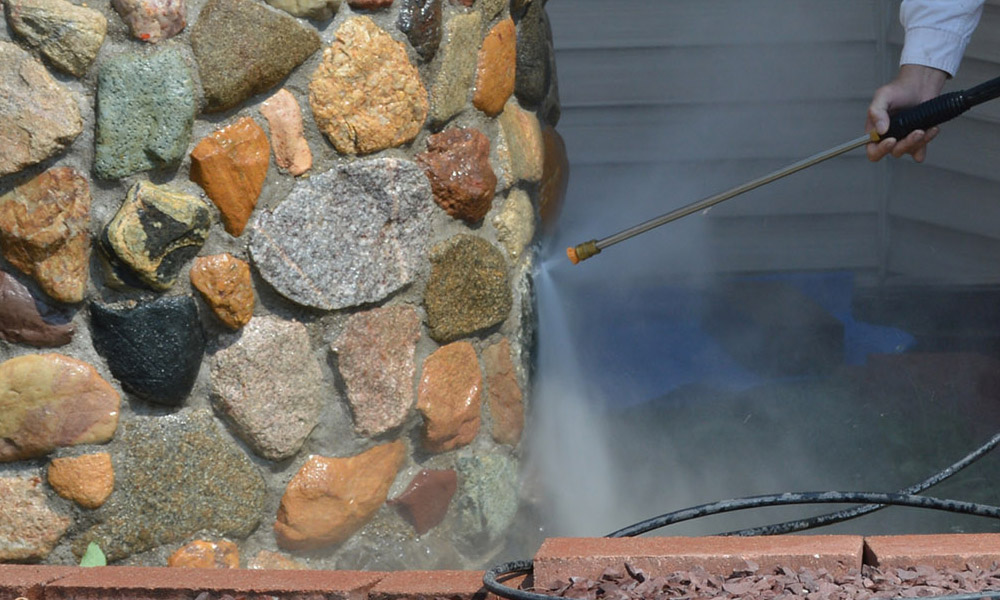



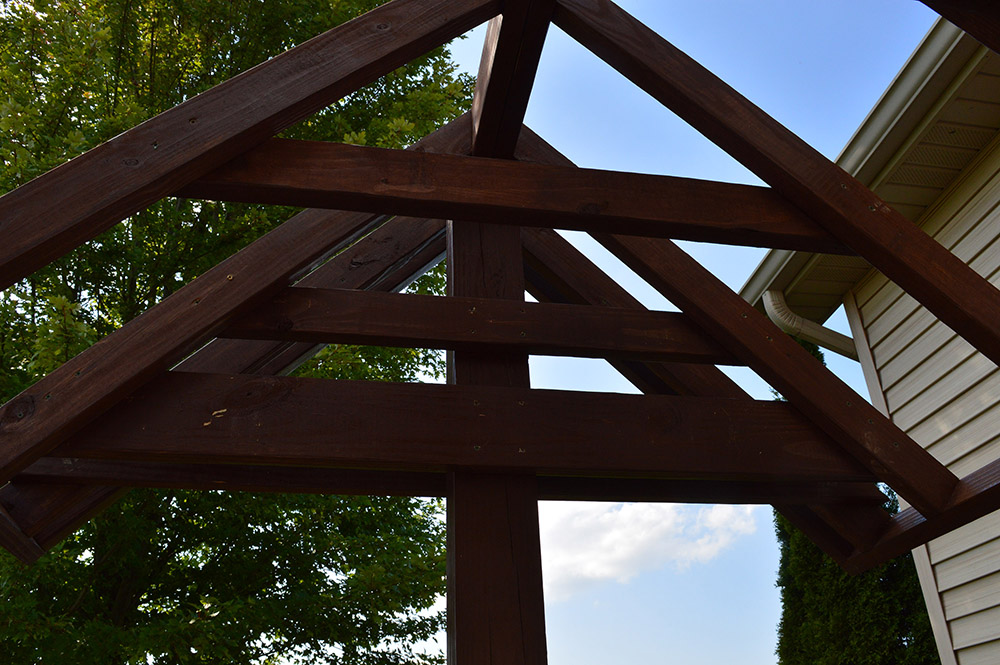
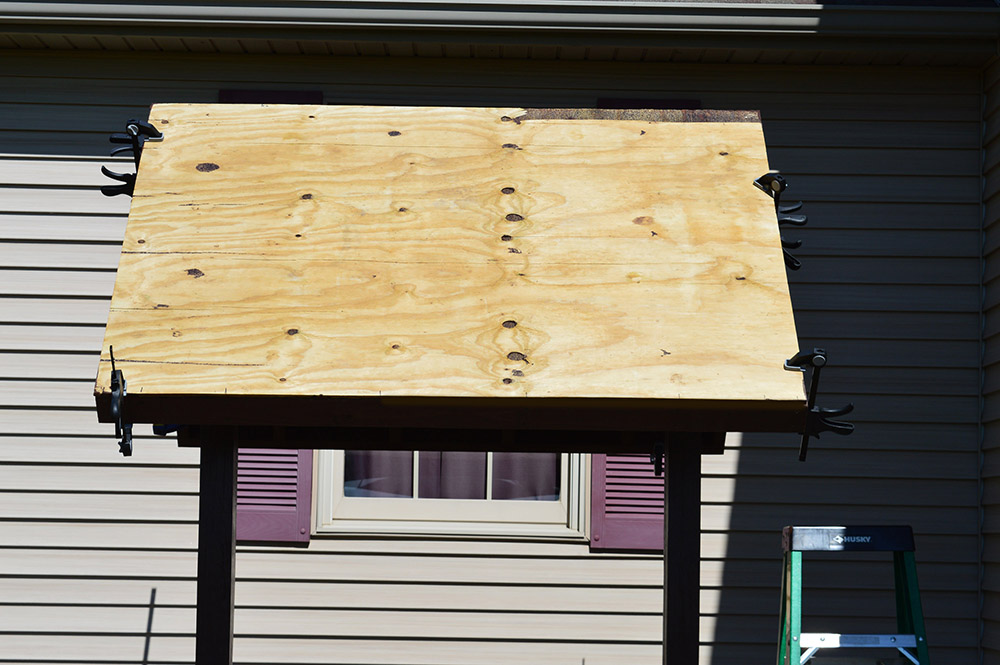
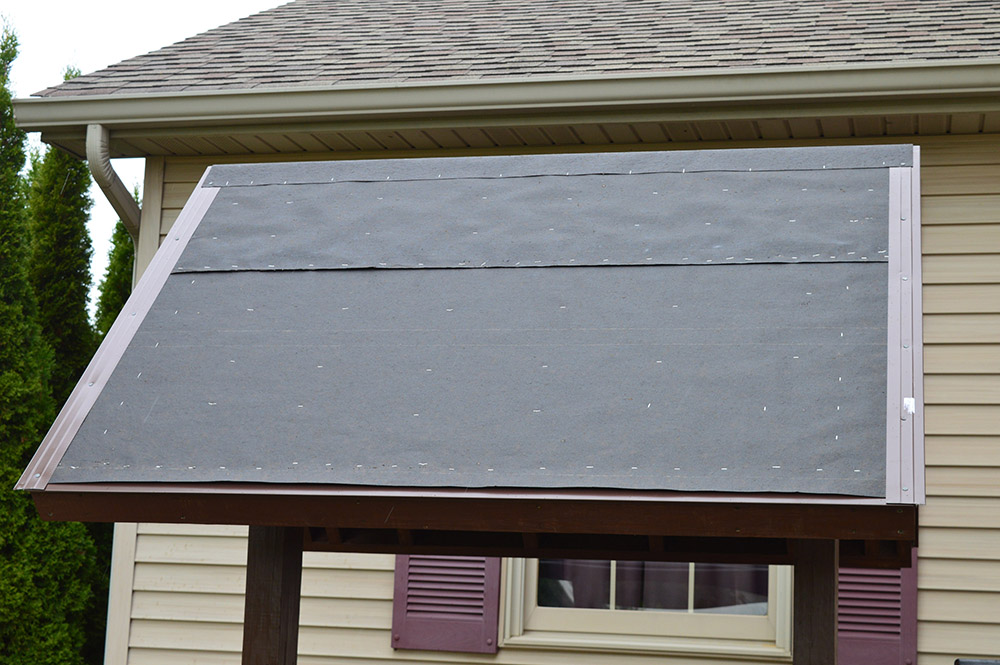
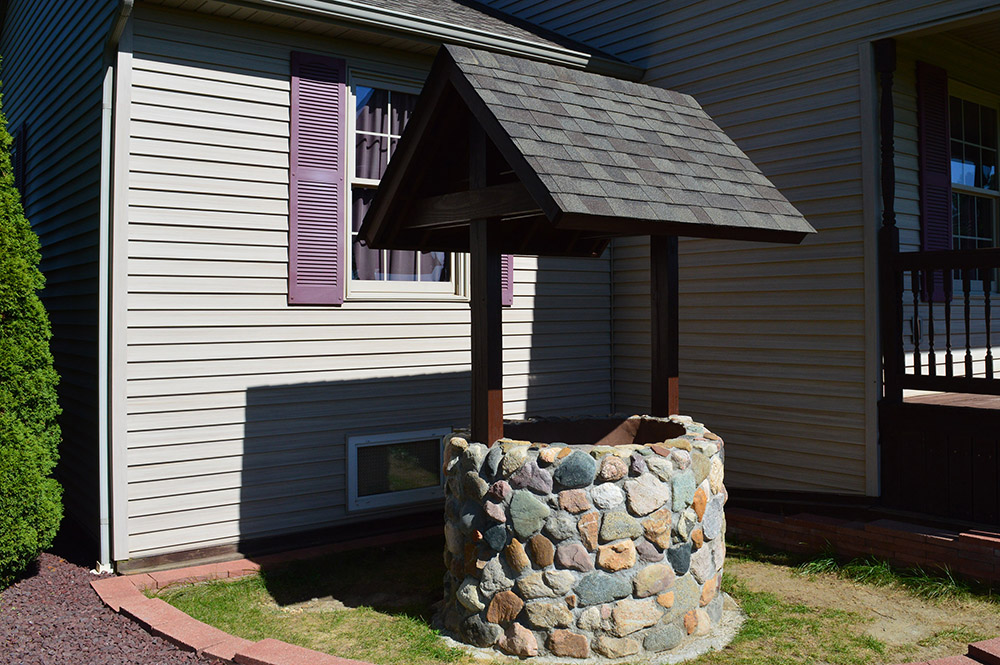
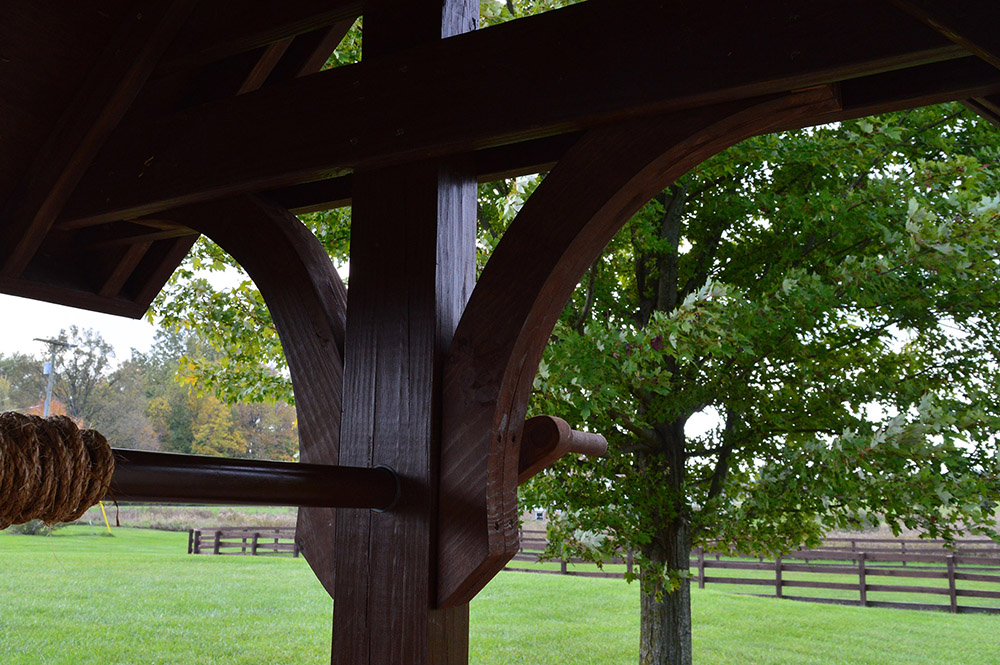
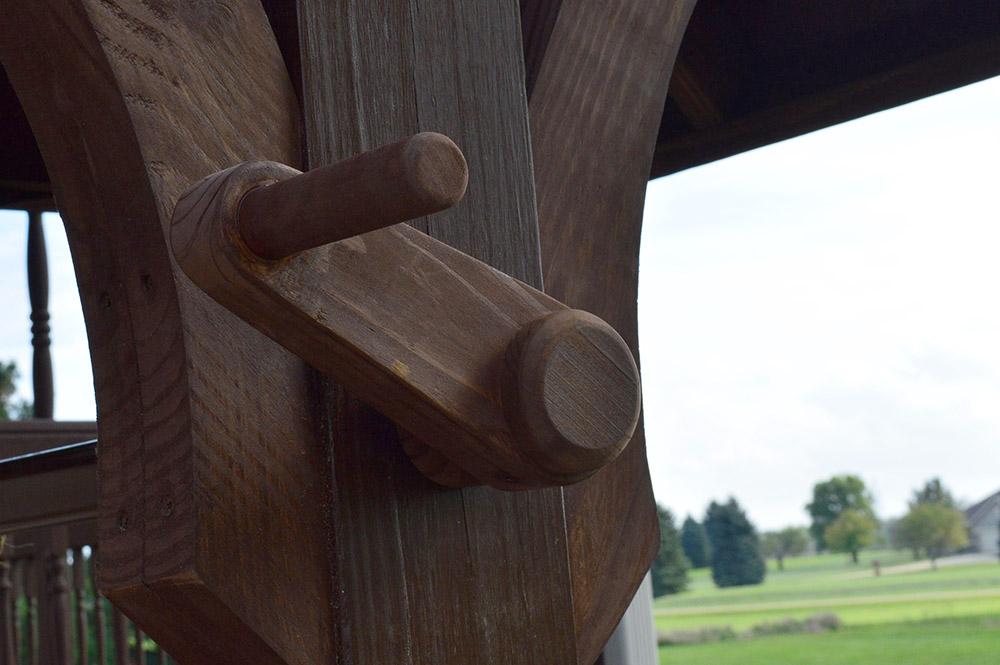
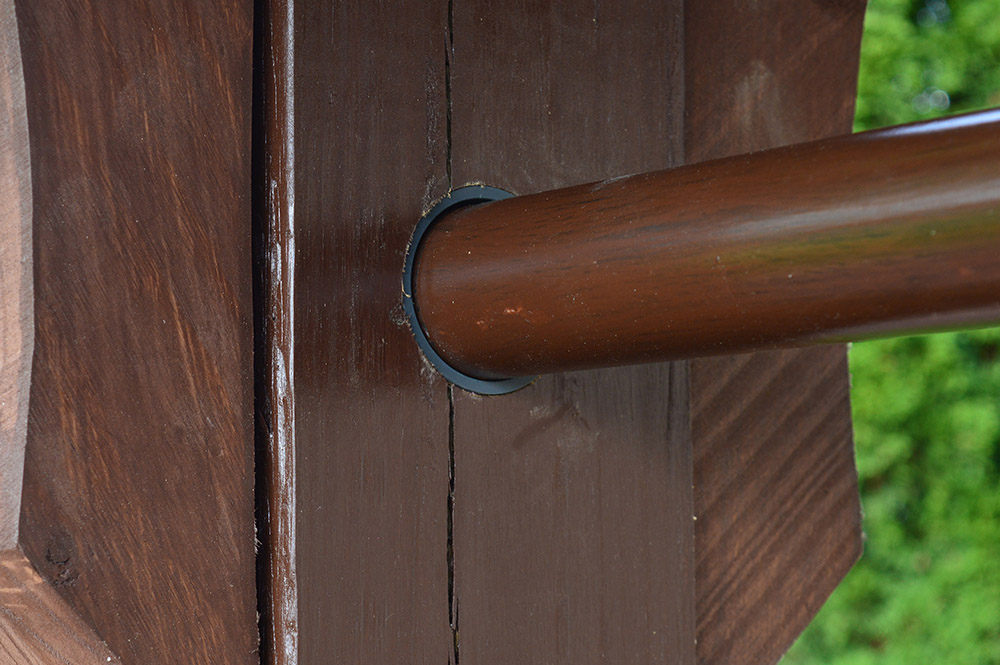

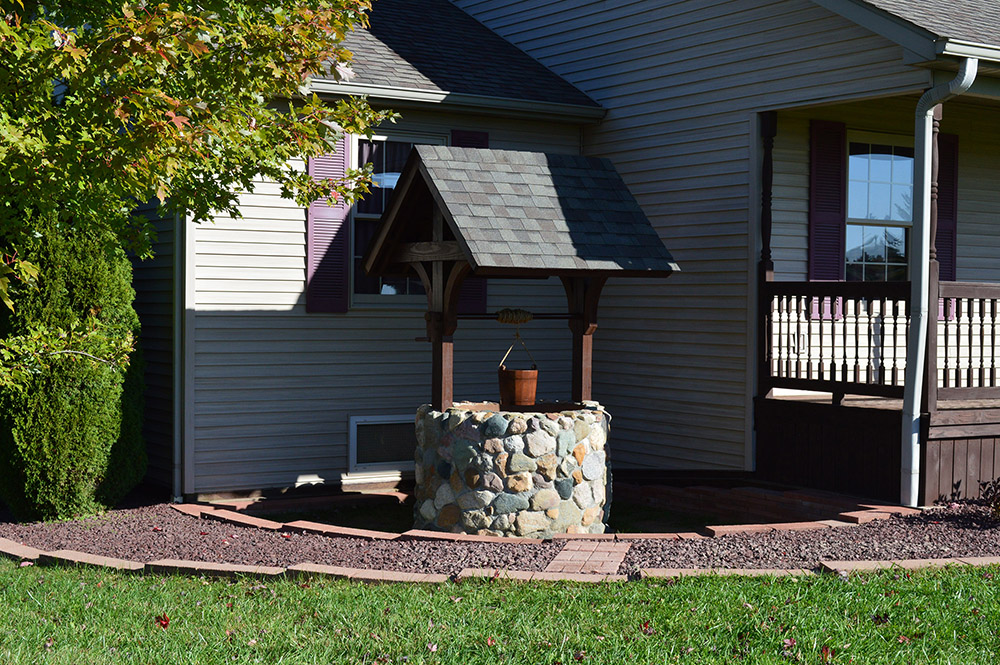
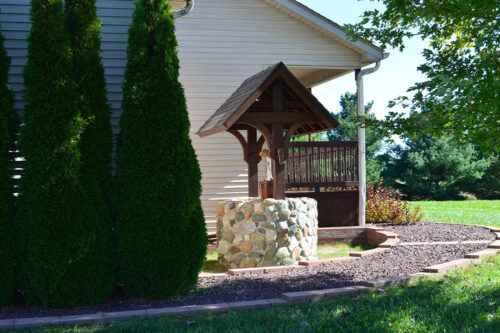
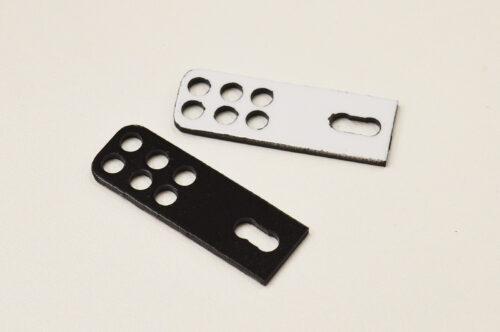
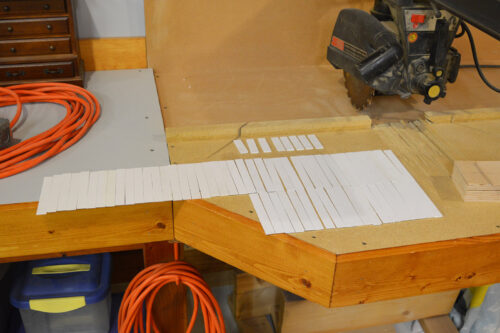
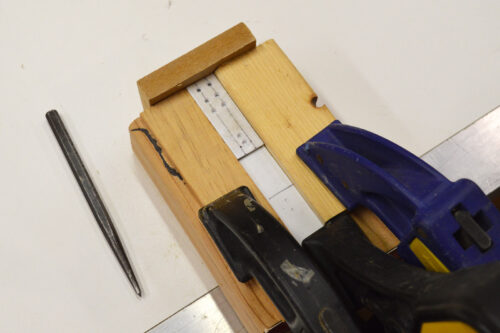
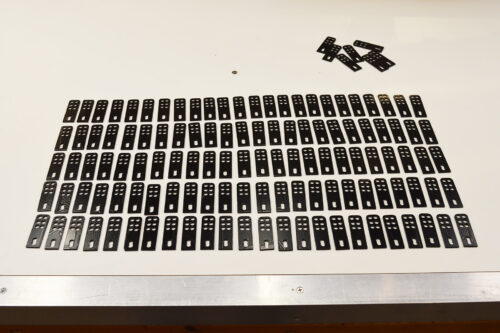
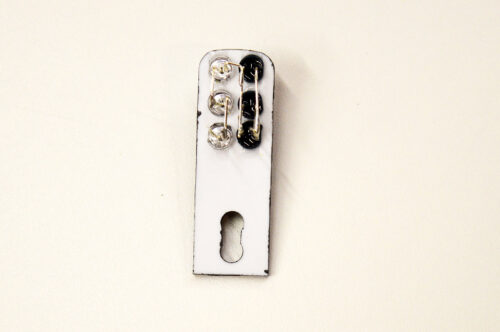
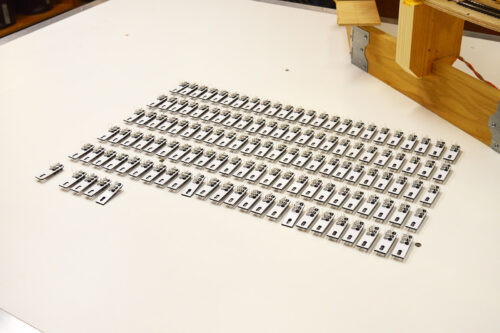
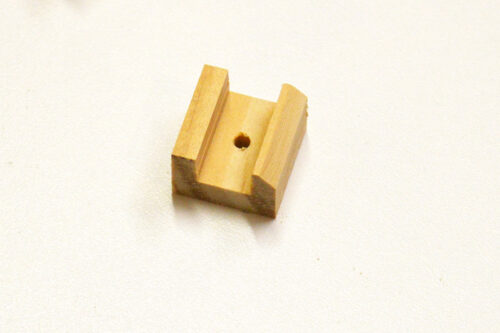
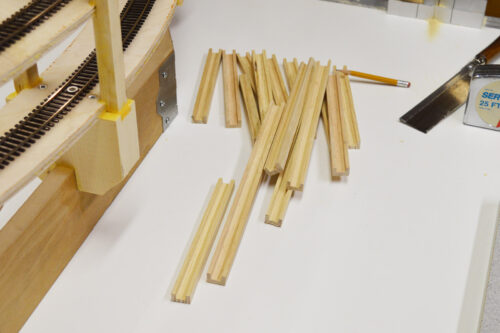
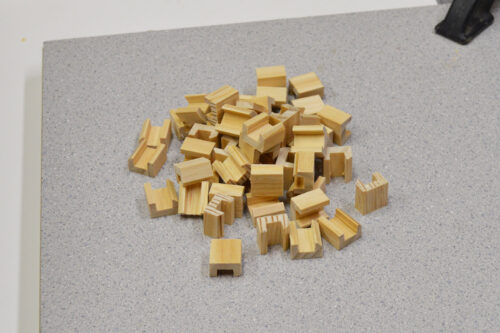
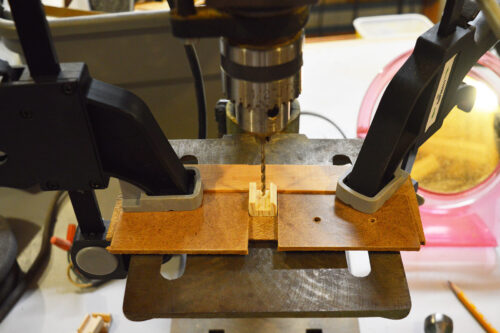
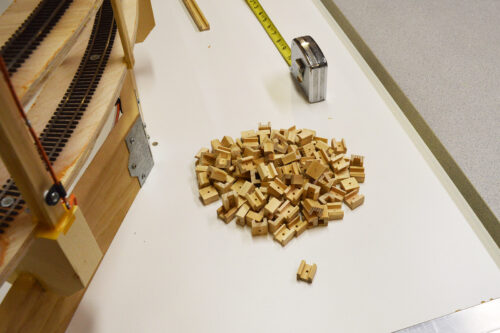
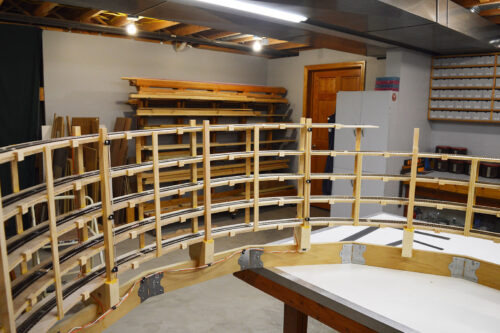
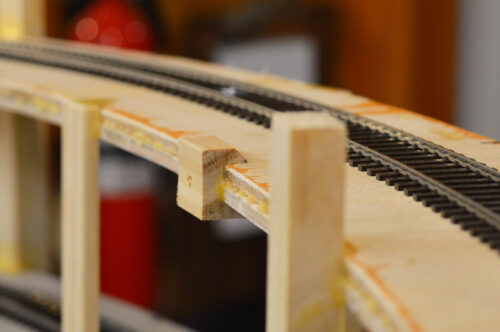
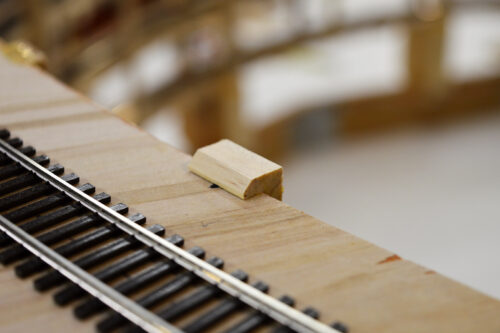

So nice to see that you’re back at it! And an impressive volume of repetitive work on the helix to kick things off. Looking forward to what the next 5 or 6 months has in store.
Can’t wait to see the helix sensors in operation, amazed at how you can build such elaborate jigs for mass producing the components, engineering at its best!